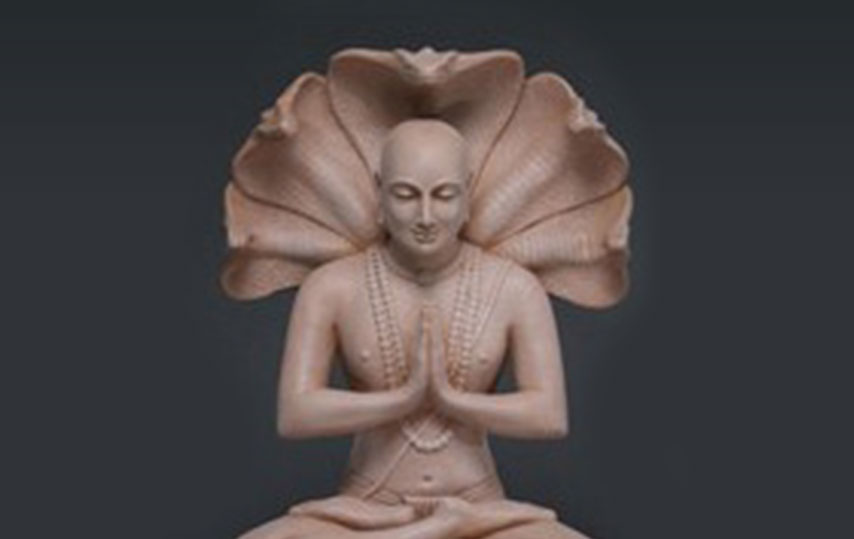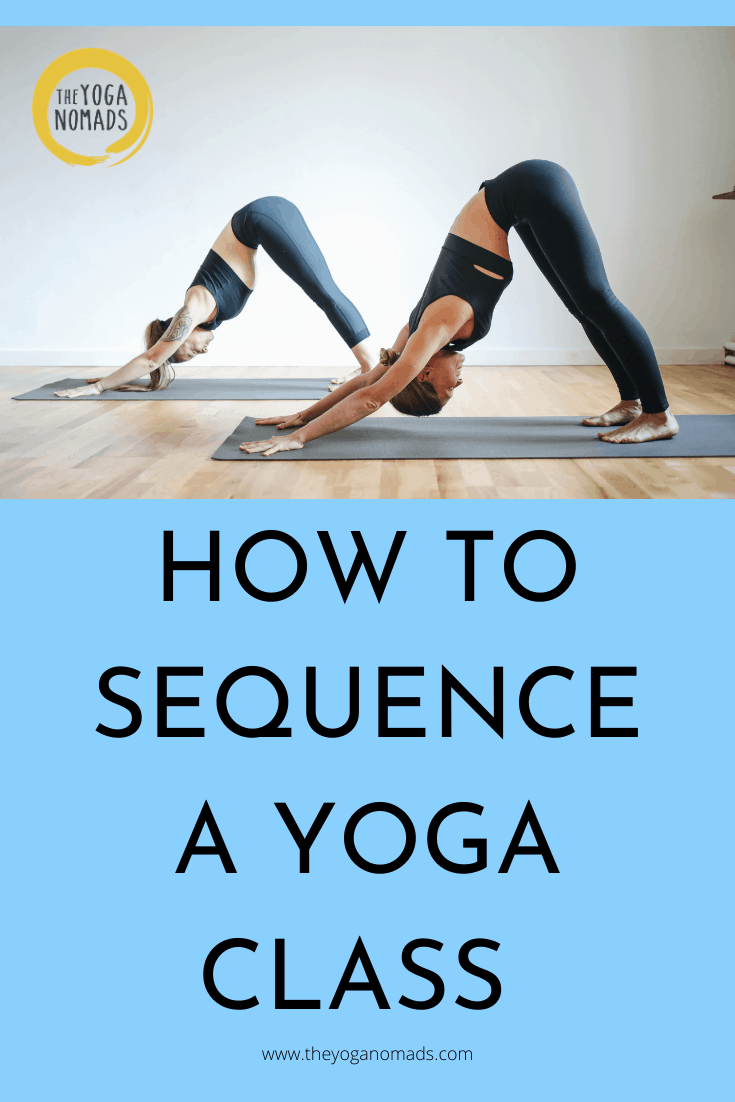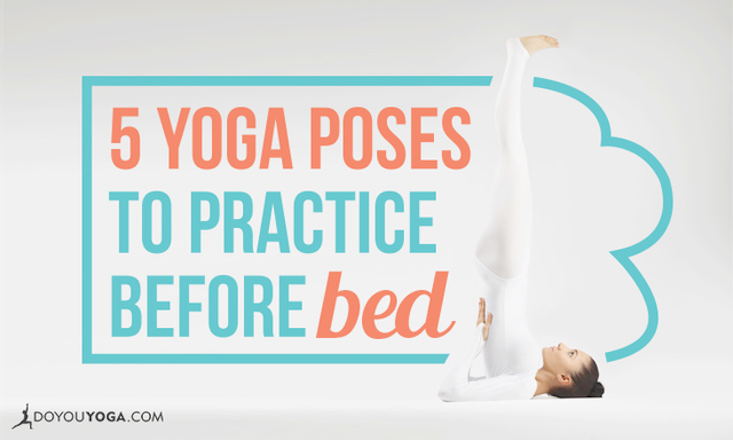
Many poses can cause strain to the shoulders which can result in injuries. For this reason, it is important to understand the anatomy of the shoulder joint before starting a new yoga exercise. The shoulder joint consists of the scapula (shoulder blade), the clavicle, and the humerus (upper-arm bone). Each of these bones has its own range of motion and meet at the elbow joint.
Quads are the muscles responsible for knee extension. Gluteus maximus is the muscle responsible for hip abduction and hip flexion. It joins the front and rear thigh muscles. While these are not the only four muscles that contribute to yoga poses, they are integral to each pose. It is easy to see why each of these muscles is important. You'll begin to feel the importance of each as you work through different yoga poses.
The hamstrings, which are responsible for knee extension are derived from the pelvic tuberosity. They also play a part in hip extension. They are vital for many yoga poses. But, without proper alignment, these muscles can be hard to access. While it will be more challenging, putting your arms in front of your chest will help you balance better and allow for more flexibility. Once you understand the anatomy and function of your hamstrings, you can move onto the next one.

The hamstrings are another area that can be benefited from yoga. The hamstrings allow for knee extension. They originate in the ischial tubrosity of the pelvic basin. They also assist with hip flexion and plantar flexion. Because they control many movements throughout the body, hamstrings can be important in many yoga poses. This helps you find the right one for your needs.
When doing the balancing poses, we should avoid overstretching the SI joint. The goal should be to maintain a steady, balanced range of motion with a strong core. Also, consider how the pose is aligned. The knee will hurt if a joint is stretched too far. This can lead to injury. Instead, use props that can help you achieve a better alignment.
Overmobilized capulae. Although this may look like a twist it doesn't always happen in that pose. Spine spin can also be affected by the position of the arm. When the meniscus is fully relaxed, it moves to the back. A properly aligned pelvis will allow the body's muscle to work in the right direction. It is important that the spine and hips are evenly distributed.
For a smooth range of motion at the knee joint, the pelvic joints must be flexed. The pelvis and scapula should be positioned in a neutral position. If they aren't, it can cause spinal flexion which may lead to injury. If this is the situation, you may want to avoid this pose. While the leg is fully flexed, the meniscus is pushed to the back of the joint.

The pelvis is comprised of three bones: femur, hipbone, and thighbone. These bones are round and create a cup-shaped structure. The pelvis, a bone with a ball-shaped top at the top and bottom of the thigh, houses the head of the Femur. The femur also houses the lower leg bones. Each of these three bones has a slightly different shape and angle. This can affect some yoga poses' ease and strength.
Anatomy of the yoga poses is essential for beginners. The correct alignment of the yoga poses will be easier as you get more familiarity with your body. The fundamentals of anatomy are explained in detail in the book Anatomical Position by David Katz, a world-renowned expert in yoga and anatomy. He explains the anatomy of the key yoga poses and how each one affects the body. Once you're familiar with the anatomy, it is possible to apply it in your daily routine.
FAQ
Is it true that overeating protein causes kidney stones?
Protein helps maintain healthy bones and tissue. But consuming too much protein can lead to calcium excretion through urine. In turn, this can result in kidney stones.
It is important that you note that not all people develop kidney stones when they consume more than 2 grams of protein per kg (2.2 pounds). High amounts of protein can be consumed by some people without causing kidney stones.
Your sodium intake can prevent kidney stone formation. Sodium regulates the water balance of the kidneys. Too much sodium can cause kidney stones.
You can also try reducing your protein intake if you get kidney stones. About half of adults' daily caloric intake is made up of protein. It is possible to lose weight by cutting down on your intake of proteins.
If you do decide to eat more protein, don't go overboard. Limit your intake to 20% of your total daily protein intake.
How can I lose weight by avoiding certain foods?
Avoid trans fats. Trans fats raise LDL (the bad) cholesterol levels and reduce HDL (the good) cholesterol levels.
Trans fats can also be found in deep-fried food, fast food, packaged bakery goods, snack cakes, as well as other processed foods.
These unhealthy fats cause inflammation which leads to heart disease, diabetes, and other health problems.
Artificial sweeteners are also to be avoided. Artificial sweeteners are linked to an increased risk of cancer.
These chemicals are found in many products, including soft drinks, candy bars, chewing gum, as well as candy bars. They appear in many other foods, including meat, poultry, fish, and eggs.
Artificial sweeteners include saccharin, cyclamate, sorbitol, aspartame, acesulfame-K, and sucralose.
The American Heart Association recommends avoiding these chemicals because they may damage DNA in cells.
How many times a week should I exercise?
It all depends on your time and the type of exercise that you enjoy. The general rule of thumb is to exercise aerobically 3 - 5 days per week. It is important not to overdo it. For maximum results, consistent exercise is key to getting the most out of your workouts.
Which exercises are best suited for me?
It really depends on what kind of fitness goals you have. Some people are more focused on endurance activities such as running, cycling and swimming. Others like lifting weights or using resistance band. There are many types and styles of exercise available today. Pick the option that fits your needs.
Which is the best workout for men?
The answer will depend on what you are searching for. Cardio exercises are great for anyone looking to lose weight.
However, strength training can be beneficial if you only want to build muscle mass. It increases lean mass.
Both types of exercise have proven benefits if you want to improve your overall health.
I recommend HIIT (or sprint interval training) if you want to be fit quickly. This type of training can help you lose fat quickly and increase your metabolism. It can also increase your endurance, so that you can train even when fatigued.
Why Metabolic Health Is the Key to Aging Well?
Today's people live longer than ever before. However, people are getting sicker as they live longer. Our current medical science approach is not working, even though we've made many advances.
It is time to change the way we view health and aging. For healthy aging, it is important to look at metabolic well-being - not just weight reduction but overall wellbeing.
If you want to live a healthy, active lifestyle for the rest of your life, it is important to maintain a strong metabolism throughout your entire life.
The good news? There are many things you can do to improve your metabolism. One way is to include these 7 foods in your diet.
-
Resveratrol has been proven to increase cellular longevity. They also contain vitamins C & E, as well as antioxidants.
-
Beans such as pinto beans and lentils provide excellent fiber and plant protein. These nutrients help keep blood sugar levels steady so they won't spike and crash.
-
Broccoli contains the antioxidant sulforaphane. This has been shown in studies to protect DNA. It may even be able to slow down cancer progression.
-
Chia Seeds have high levels of omega-3 fatty oils and fiber. They are also rich in antioxidants, protein, and fiber. All of these nutrients help promote heart health, brain function, and gut health.
-
Green Tea contains polyphenols called caechins. The catechins in green tea have been linked to reduced bone fractures, cardiovascular disease, cognitive decline, and diabetes risk.
-
Salmonis packed with vitamin D, low in saturatedfat and one of best sources of lean meat.
-
Walnuts contain omega-3s and antioxidants like alpha lipoic acid (ALA). ALA protects against inflammation and boosts energy production.
Is there any benefit to doing yoga?
Yoga has existed since ancient times. It has only recently been more popular. Celebrities, as well as everyday people who are looking to stay fit and healthy, have made yoga a hugely popular choice.
Yoga is great for strengthening your muscles and stretching them. Yoga is also great for calmening your mind and relaxing.
The primary difference between yoga and other forms is the focus on breathing techniques in yoga.
For balance and flexibility, there are many poses you can do.
Statistics
- Cardmembers earn 5% Back at Amazon.com with a Prime Credit Card. (amazon.com)
- 10 pounds in a month is likely during a lean bulking phase, especially for beginners. (muscleandstrength.com)
- According to the American Heart Association, blood pressure should be checked at least once every two years, beginning at age 20. (my.clevelandclinic.org)
- By John Thompson Take a whopping 38% off a set of PowerBlock Pros. (menshealth.com)
- The PRS enabled risk stratification for overall prostate cancer and lethal disease with a four-fold difference between men in the highest and lowest quartiles (HR, 4.32; 95% confidence interval [CI], 3.16-5.89). (pubmed.ncbi.nlm.nih.gov)
External Links
How To
How do I lose fat by exercising?
Exercise helps you lose calories by increasing your metabolism and oxygen intake.
Exercise at a moderate intensity to safely lose weight.
To burn fat while exercising, follow these tips:
-
Cardio exercises include swimming, running or cycling.
-
Exercise for 30 minutes three times per week.
-
Strength training is a great way to lose weight.
-
Avoid intense workouts. You can build muscle without breaking down muscle tissue.
-
Hydrate well during exercise. Water flushes out toxins, and keeps your body properly hydrated.
-
After exercising, you should drink low-fat protein drinks. Protein shakes boost energy and repair muscle tissue.
-
Smaller meals are better for you.
-
Don't skip breakfast! You can feel tired and slow if you skip breakfast.
-
Take care of yourself mentally. Stressful situations can slow down metabolism.
-
Keep a positive attitude. Research shows that overweight people gain more weight if they believe they are overweight than those who believe they look good.
-
Get enough sleep. You will have a harder time losing weight if you do not get enough sleep.
-
Stay active. Move around at least once an hour.
-
Maintain a healthy diet. A healthy diet will help you feel fuller for longer.
-
Find relaxation techniques. Tenseness can cause stress hormones to break down muscle tissue.
A balanced diet provides all the nutrients necessary for growth and development.
Eat six small meals each day instead of three large ones. This allows your body to properly digest what you have eaten.
For strong bones, we need 500 mgs of calcium daily. Calcium can be found as a dairy product such as milk, yogurt and fortified soy drinks, orange juices, cereals, breads, and cereals.
Calcium is found in leafy green vegetables and beans, tofu as well as nuts, seeds, cheese, and seeds.
Vitamin D is necessary for the body to absorb calcium. Vitamin D can also be found in some fortified foods such as eggs, fish, and yolk.
Vitamin E is essential for skin health. Vitamin E can also be found in vegetable oil, wheat germ oils, peanuts as well almonds, sunflower seeds and corn.
Your body requires zinc to function normally and for wound healing. Zinc can be found as a mineral in oysters.
Zinc deficiency could cause fatigue, nausea, vomiting, and depression.
Sugar intake can lead to insulin resistance which causes blood glucose levels to rise. Insulin resistance leads directly to weight gain.
Insulin resistance is caused by high blood levels of free-radicals. Free radicals are molecules with unpaired electrons that damage cell membranes and other parts of the body.
Food additives, pesticides and herbicides, as well as preservatives, smoking and radiation are all sources of free radicals.
Free radical damage can lead cancer, heart disease or diabetes, arthritis, asthma, or other forms of aging.
Eating a well-balanced diet with antioxidants is the best way to prevent free radical damage. Antioxidants protect against oxidative damage.
Vitamin C is found in citrus fruits and beta carotene is found in carrots.
Selenium, manganese (and zinc) are other antioxidant nutrients.
Selenium protects cells from free radical damage. Selenium can also be found in Brazil nuts (tuna), liver, kidneys and shrimp.
Copper protects the eyes, brain, lungs, liver, and red blood cells. Copper is found in shellfishes, poultry, meat, organ meats, and other foods.
Manganese forms an essential part of bone structure. Manganese can also be found in oatmeal, brown rice, spinach and bananas.
Zinc is necessary for average growth, reproduction, and wound healing. Zn is found in lean meats, poultry, white fish and eggs.